Why Should I Learn Chinese Stroke Names?
So, to confuse things a little more, not only is there a stroke ORDER, but there is also a name for each different strokes and also stroke compounds. I have heard Chinese children (and a few western friends) speak out loud when they write and this can help with remembering how to write Chinese characters.
You may have already studied our Chinese Character Stroke Rules post that goes over some of the basic and more advanced ‘rules’ that you should follow to write Chinese characters correctly, and combining this knowledge with the following Chinese stroke names will help you to remember the correct strokes that can sometimes be a challenge to remember.
横 (héng)
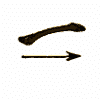
This is the horizontal line from left to right, shown in 一 (yī):


竖 (shù)

This is the vertical line from top to bottom like in the character 十 (shí):


撇 (piě)
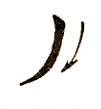
To ‘cast or throw away’ a stroke falling from right to left with a slight curve, as in 八 (bā):


捺 (nà)

The downwards from left right stroke. You can see it in the character 入 (rù):


点 (diǎn)

A dot or dash, like in 为 (wèi):


提 (tí)

An upwards character stroke from bottom left to the top right, such as in 冰 (bīng):
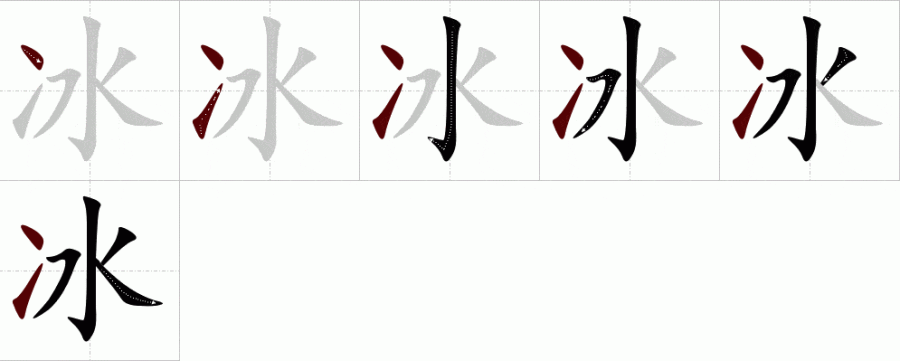
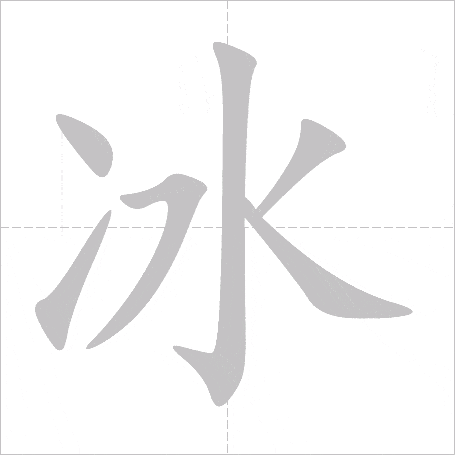
折 (zhé)
A turn or bend stroke combined with another stroke such as 横 (héng) to create the compound stroke 横折 (héng zhé) like in 口 (kǒu):


钩 (gōu)
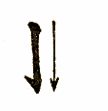
The ‘hook’, a tick or a flick added to a stroke. This can be seen in 小 (xiǎo):


I would also suggest buying some Chinese Handwriting books or a material grid to use with a wet brush (you write with water and when it dries it disappears). The grids are extremely helpful to make sure your characters are balanced. If you can’t get hold of a proper writing book, I read recently on our Facebook page that someone was using graph paper for their writing practice!
If you want to try something different, you might want to check out Skritter’s online tool and mobile app that allows you to write characters using your mouse (or finger). If you sign up using our link, you’ll get a 7-day free trial! If you choose to try out Skritter, Written Chinese will get a small fee for the referral (this is at no extra cost to you!).
When you’ve mastered the basics, you might want to move on to some more advanced strokes. Take a look at our next post in the series, 12 Advanced Chinese Strokes to Help You Write Characters as well as this article on making your Chinese characters look more ‘authentic’, How to Handwrite Chinese Characters with Finesse.

